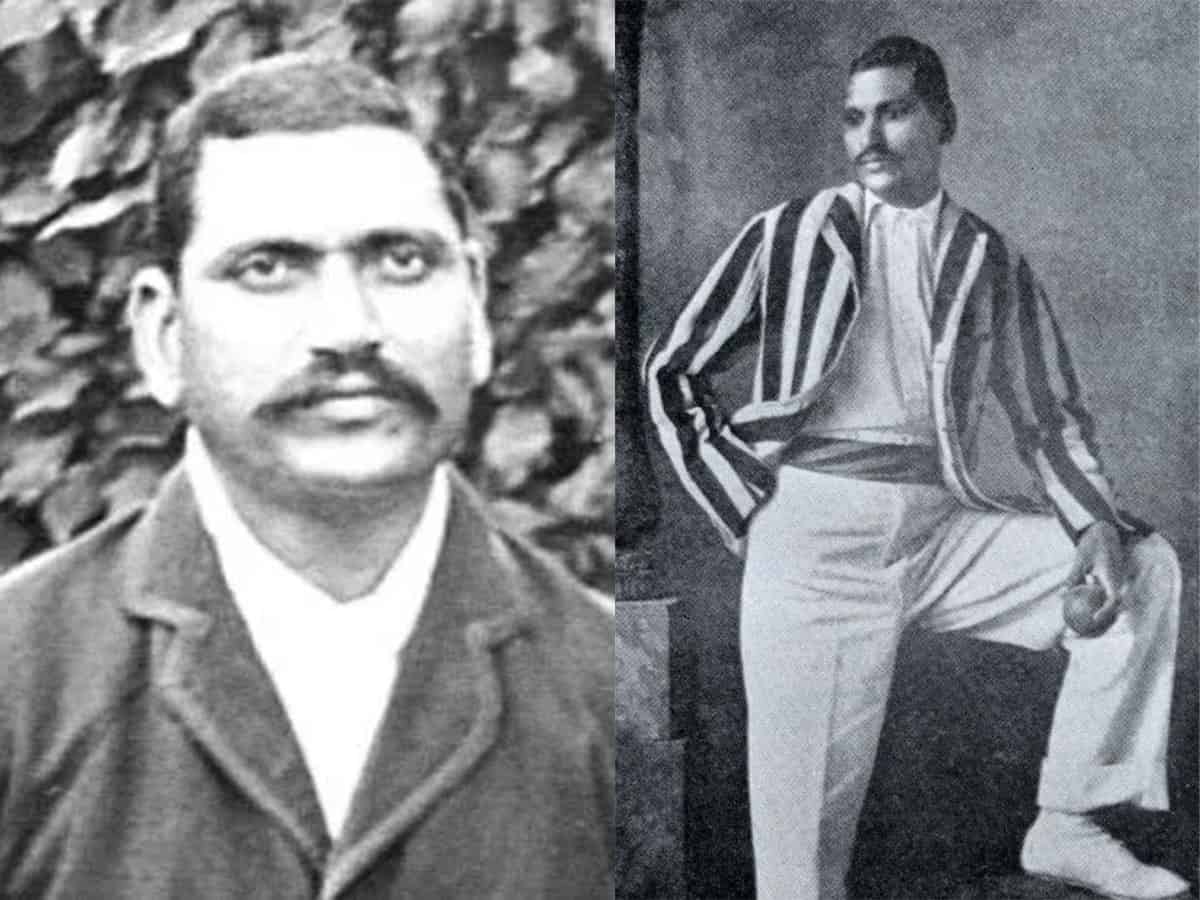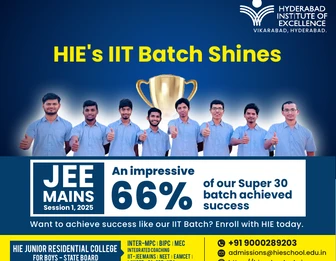
This is the story of four brothers, all very talented cricketers, who climbed out of the system of caste discrimination and made a name for themselves after a life of hardship and struggle. The foursome were the Palwankar brothers Baloo, Shivram, Vithal and Ganpat. The eldest of the foursome, Baloo, was hailed as one of the best spin bowlers of his time even by Englishmen.
Their story began in the late 1800s. The father of the brothers was a sepoy in the British Indian army. After he was discharged from the army he found a job as a gardener in a club for British officers in Pune. His job as a gardener also included maintaining a cricket pitch which was located in the grounds of the club. Sometimes his teenage sons would help him out in doing his work.
After their job was done, the boys would sometimes pick up the cricket equipment lying around and play cricket. One day they were spotted by an army officer by the name of Colonel J.G. Greig (who was nicknamed Junglee Greig by his fellow officers because of his initials).
Greig was a cricketer and priest too. Although he was British, he was born in Mhow, Madhya Pradesh, where his father was posted. He grew up to be a short and slim person but became an excellent cricket player and played first-class cricket in the Bombay Presidency tournaments and later in England.
When Greig saw the boys playing, he was impressed with their skills. In particular, Baloo’s left-arm spin bowling caught his eye. He decided to further develop the skills of these youths. He told Baloo to bowl at him and encouraged the boy to get him out. He told Baloo – every time you can get me out, I will give you half a rupee. Soon other officers who also wanted to practice, asked these boys to bowl at them.
Caste was a barrier
That is how the journey of Baloo and his four brothers began. They developed their skills further and graduated to a higher level of the game. But now a problem arose. They belonged to the Chamar caste and were not readily accepted in friendship by Indian players and team officials. Many of them did not want to shake hands with the boys. At lunch time they had to sit outside the main hall and eat separately.
The ice was broken when the Raja of Natore (in Bangladesh) heard stories about the playing skills of Baloo, and invited the youth to come to his town and play in his team. After that the cricket skills of the brothers were so highly appreciated, gradually the caste barriers began to collapse.
Baloo was the most successful of the lot. He went on to represent India when a team from India led by the Maharajah of Patiala went on a tour of England in 1911. The team was not very successful but Baloo who took 114 wickets, caught the eye of the English experts. They called him the Wilfred Rhodes of India after the famous Test cricketer whose first-class records remain unbroken even today.
Shivram Palwankar became one of the most famous sportsmen of the time, breaking caste barriers to excel in what was considered a sport played only by the upper classes and the British. He too was selected for the tour of England in 1911 along with his elder brother.
Brothers got support from Mahatma Gandhi
The caste barriers crumbled to such an extent that Vithal Palwankar even captained the Hindus team in the Quadrangular tournament. He was the first Chamar captain of the Hindu team. He was helped by the fact that the anti-caste movement that was spreading throughout the nation. When Mahatma Gandhi championed this cause, the last reluctant minds began to give in.
Ganpat Palwankar too played first class cricket and represented different clubs including the Hindus team. The story of the four brothers indicates that sport can be a great leveler. There may be a few cases where discrimination takes place but most often it is merit and talent which overcomes caste considerations.




